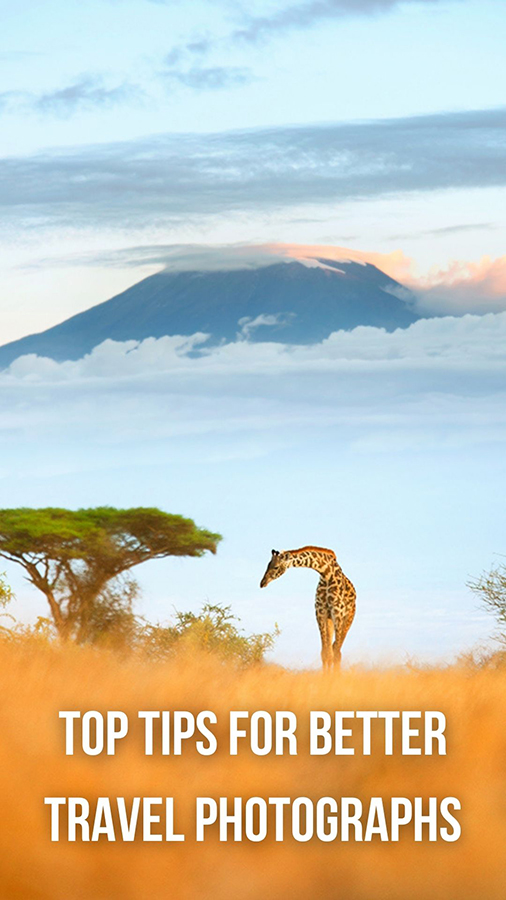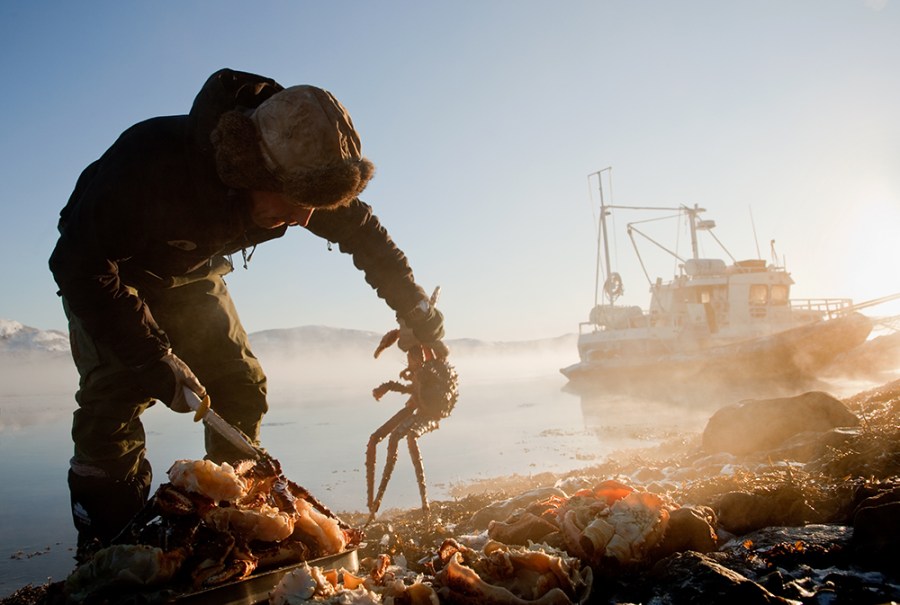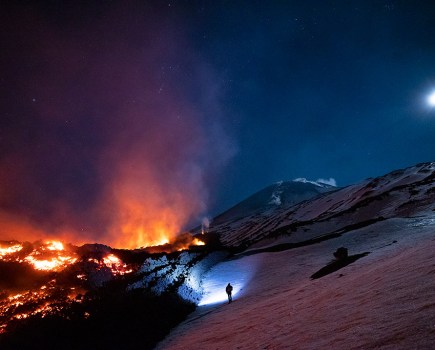Award winning travel photographer Philip Lee Harvey talks to Peter Dench about creating outstanding images that go beyond the obvious
‘I’ve become known as a travel photographer but I think of myself more as a location photographer. I don’t mind being called a travel photographer but there’s a lot more to it than just advertising a place for people to go on holiday. That’s not what I do,’ explains Philip Lee Harvey on the phone from home where he’s preparing for a trip to Uganda.
‘I encourage people to explore, to start their imagination working. That’s why I try to make my images not completely descriptive. I like a surreal edge to them. I like it when the viewer makes up the last part of the picture. If you give too much information, a wide shot of a beach for example, it’s not the same as adding emotion through light, composition or cinematic techniques like smoke or dust.
Travel photography is to encourage people to explore and open their minds to the rest of the world and to go and see it. I want them to use their imagination to dream.’ It becomes obvious talking to Philip that he’s passionate about his craft, articulate and very knowledgeable.

A giraffe next to an acacia tree with Mt. Kilimanjaro in the background, Kenya. 1/125sec at f/4.5, ISO 100
Narrative flow
‘Telling stories interests me, beauty alone doesn’t in the way it did when I started. Trying to create a narrative within the imagery is critical. I know the mood I want to create much more than I necessarily know the destinations. If someone suggests I go to Casablanca to capture old Art Deco, that’s good but then you’ve got to do research on old art deco faded grandeur and the romanticism that surrounds that idea rather than just going. You should be open to other influences when you are there.’
People power
‘Sometimes portraits are taken within a few seconds from meeting the person. Other times you can interact with a person for a long time. I don’t embed myself with a group for months on end. That’s not how travel photography works, in my case. You’re reading their body language and them reading yours is really important. You learn as you go how people react. You can to a degree control how they act, you may not want them smiling.
There’s different approaches, if you want it to feel edgy or risky you can photograph it in a different way. It’s often the before or after moment you want, not the big smile. I’ll often let them presume I’ve finished but still talk and shoot to get them relaxed. It’s often the first or last frame that works best. When they first see you or think you’re done.
When you go into any kind of place, certainly a tribal village, you don’t just go in and start photographing someone young, you look for the village elder and make them the hero at the beginning. You can read signs – sometimes when people seem threatening, they just want their picture taken because they want to “show face” to their peers.’
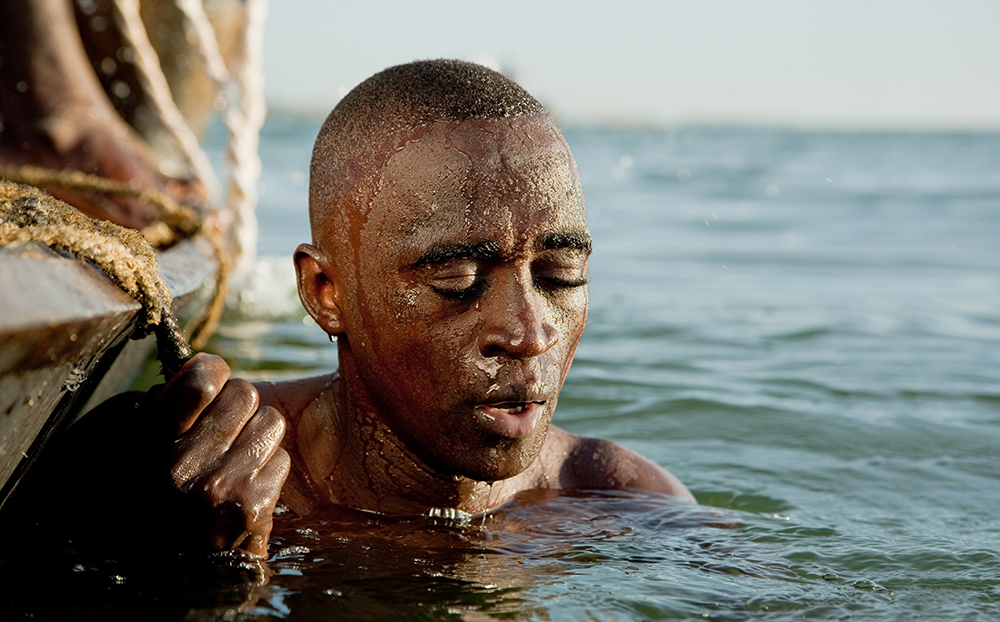
A sand diver shivers from the cold and takes a breath before diving back down to the bottom of the Niger River at Segou, Mali. Many people die each year doing this dangerous job. 1/500sec at f/6.3, ISO 200
Be professional
‘I will always bank safety shots first, shoot a cliché, it’s being professional. Then you can explore or experiment, especially if you’re photographing somewhere well known. You know all those angles, the grounds almost worn away where so many photographers have stood. It’s good to get a safety shot out of the way, it gives you the confidence to explore visually. I like to push it to the point where it doesn’t even look like the subject any more.
I never put my camera down and look around for an hour; I look with the camera, shoot a recce, you need to see it in the frame. A picture should have emotion, be arresting in its colour palette, composition and angle. The middle of the day is contrasty and doesn’t work very well unless you’re going for a certain look. Time of day is critical. It’s good to know what clichés are so you can avoid them as you go. That comes from looking at a lot of photography.’
Style it out
‘There are so many image makers, many using presets. I can look through 1,000 Instagram feeds and not tell the difference between them. You’ve got to have your own voice, it’s got to be your journey. That doesn’t come overnight. It takes hard work to keep trying to be true to what I like. There’s a visual aesthetic that I like but doesn’t mean you have to stick with it. A lot of my early influence came from painted travel posters – striking, graphic composition that would create a moment and get you to go to that place.
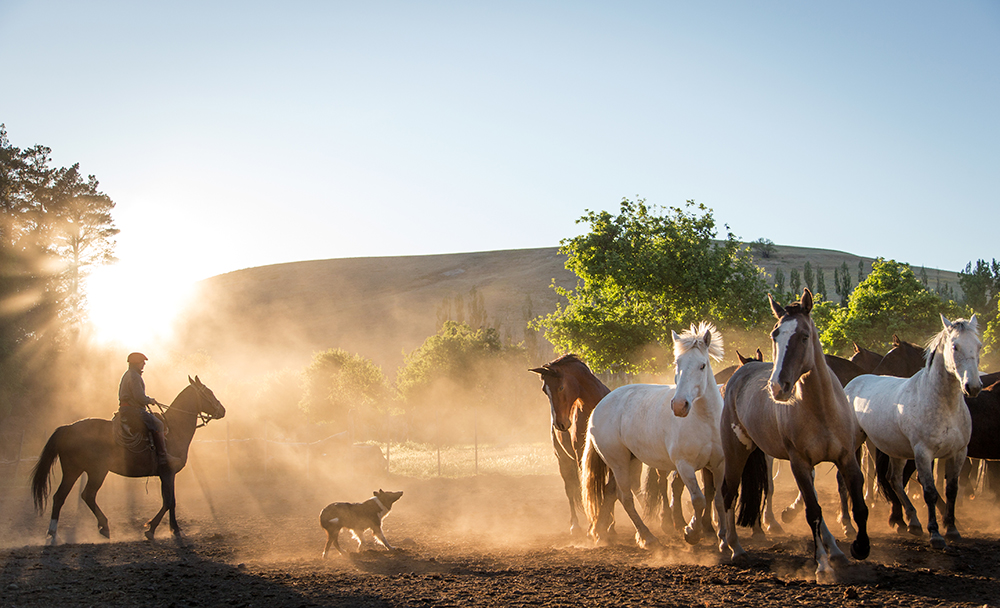
Gaucho on horseback with dog, Huechahue Ranch, Northern Patagonian Lake District, Argentina. 1/1000sec at f/4, ISO 400
I took a lot of influence from that, subconsciously probably. If you’re starting out you may look at Instagram and think, this photographer has made it or I’m not as good. Those shots may work well on a phone but are they engaging over time? You should learn the rules first. Technically be in control of everything you do and don’t do the same thing every time. You can be influenced by trends but they are just that. You should be able to strip a picture right down and it would still work.’
Colour correct
‘Not many clients want images in black & white. You know if you shoot in black & white in flat light, you can do a lot with the contrast later. Colour needs to be handled carefully, the least colour is the best colour. I like a restricted colour palette. I’ll sometimes use opposite colours of the colour wheel to make things stand out. A lot of my pictures are colourful but there aren’t many colours in there. A little bit of colour is better than a clash, a simplicity to them. Sometimes if you have too much going on in the frame you lose the story.’
Adapt
‘Sometimes you can use it to your advantage to look professional. Sometimes, the people you’re photographing want to see you know what you’re doing, often you can control the scene that way if you’re confident. The kit impresses them and it works. Other times, if security guards are around, then you change the kind of kit you’re using and the way you look. I will take a lot of kit but strip it down depending on what I’m doing that day. One body, one lens, off I go. You have to make decisions. I get stopped nearly every time I enter a country and you adapt the story as to why you’re there; I’ve been to a lot of weddings!’
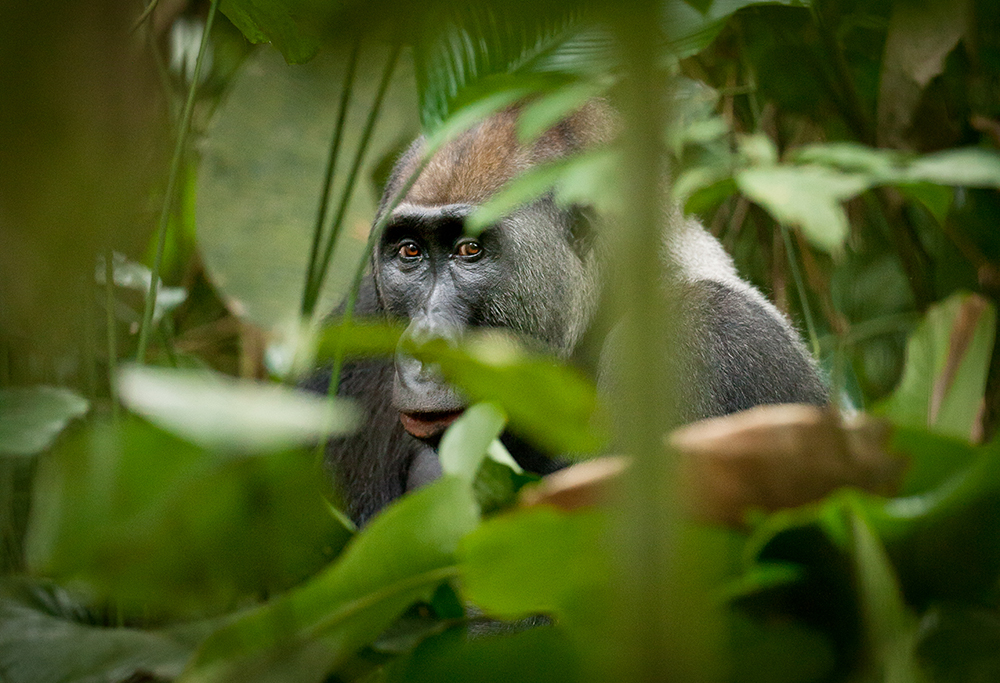
Gorilla, Odzala-Kokoua National Park, Democratic Republic of Congo, Africa. 1/250sec at f/8, ISO 1600
Moral line
‘Haiti is hard. No doubt. I saw a guy on crutches lying in the gutter drinking rainwater because he had no water to drink and he’s in rags. That could’ve made an arresting documentary image but I didn’t take it because it wasn’t helping anybody. Better off just stopping and giving him a bottle of water. I’m not there for that purpose, there are photographers that are.
Haiti gets under your skin. You’re on edge the entire time. It’s all so fascinating. A country that so desperately needs help. I don’t look for trouble. I’m trying to avoid it. You know when to pick the camera up and when not to. I’m not gung-ho, I try to read the signs and talk to the people.’
Paying your way
‘I have a very simple way to decide whether to pay for pictures and people’s services. If they’re going out of their normal day to help me and you’re in the type of country where a tip is expected I will do it. If I go into a Maasai village and I need to get permission, I’ll try and invest in something like a water tank or something communal for the village rather than giving cash. I’ll also buy a ton of handy-crafts at the end, I’ve a house full. You have your own take on it.
If someone comes up to me and I take their picture and they immediately ask for money, I don’t encourage that at all. I’ll always tip with the idea of how much they make in their currency; you don’t want to give $20 when their daily income is $2 or $3. I once tipped my guide and driver at the end of the meal on the final night. All he had left to do was take me to the airport the next morning, and didn’t show up because I paid him too soon!’
Why it works
This image below shows the weekly market in Djenné, Mali.

‘I love shooting into the sun. This image has two types of composition; the rule of thirds, the lady standing up and the heads of the other women, plus the skyline. You’ve also got a classic triangle composition of the woman going up to her head. On top of that, you’ve got micro-composition – the way her mouth echoes the shape of the stick. Also they’re not observing me: I rented an empty market stall that was covered in canvas and I shot through a hole. It’s about life that goes on around the mosque.
The woman in red helps the composition because she’s looking at the main subject. It’s got a painterly feel to it. The composition is very graphic. Shooting into the light gives you depth – it doesn’t mean everything has to be covered in flare. It’s a trick that I kind of ‘stole’ from fashion photography and the Hudson River
School in the USA.’
Philip’s top six locations to visit for travel photographs
1. Ethiopia
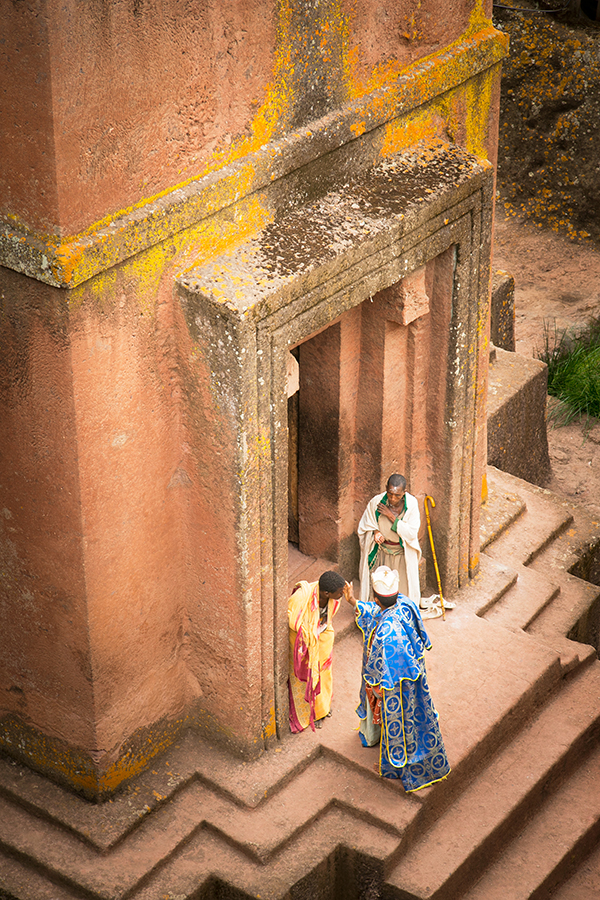
It is biblical. You’re an observer. Very little of what’s going on is done for visitors or tourism. It’s a voyeuristic approach but what you’re witnessing has been going on for centuries.
2. China

Epic, stunning landscapes. Every province is like a different country. It also has a history of fantastic artwork, art and crafts and architecture. It’s easier to travel around now compared to 20 years ago – the infrastructure is good, I’ve never had a problem with the people there.
3. India

India is sometimes used as an easy go-to destination by photographers because it’s so colourful and lively. It’s not difficult to get cracking images. The theatre is there for you, they style themselves beautifully, the skin tone is perfect to photograph. I love the chaos of India. The trick is to try not to come back with images you’ve seen before.
4. Kenya
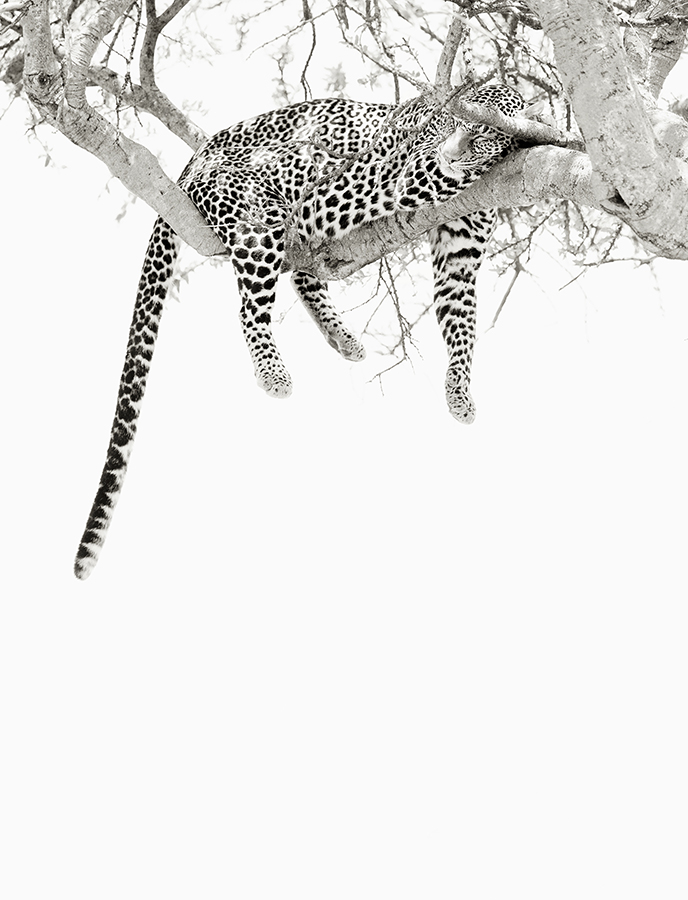
It has traditions, fantastic wildlife, and great backdrops like Kilimanjaro. A big draw is the Maasai tribe. I’ve spent a lot of time photographing them and I respect how they’ve kept their identity and integrity. They’re used to tourism, they’re entwined in it. I feel very at home there.
5. Cambodia
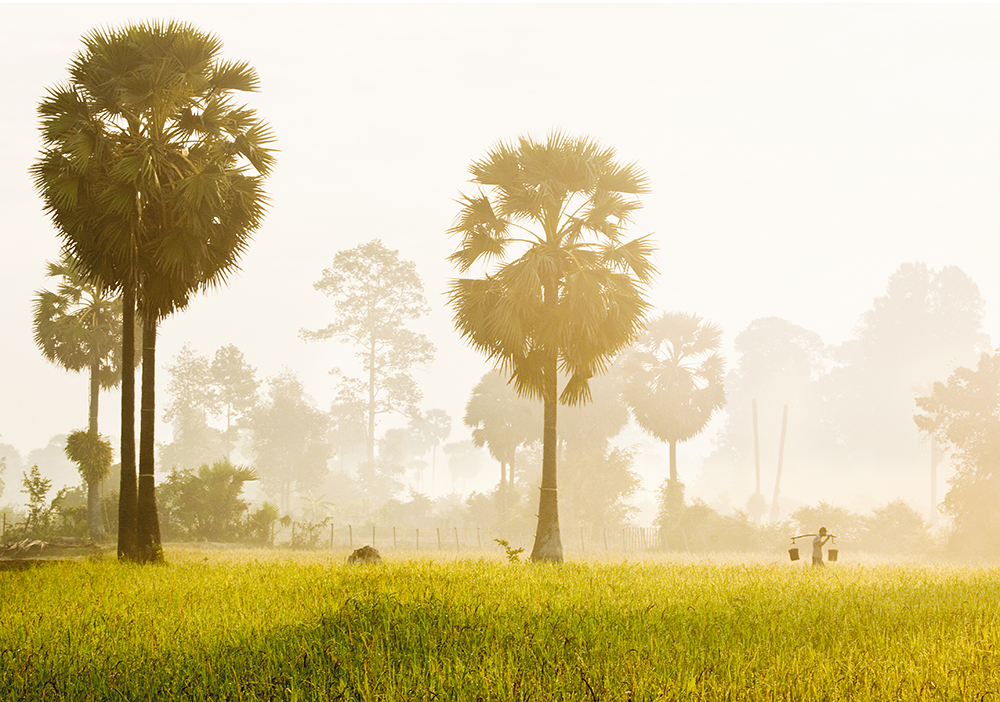
Cambodia is beautiful. It has a tragic past but also a great history as in the palaces and temples. It’s relatively unexplored and undeveloped. There are large areas of coastline that are going to get developed in the next decade or so that hadn’t been before because of land mines and land ownership.
6. Norway
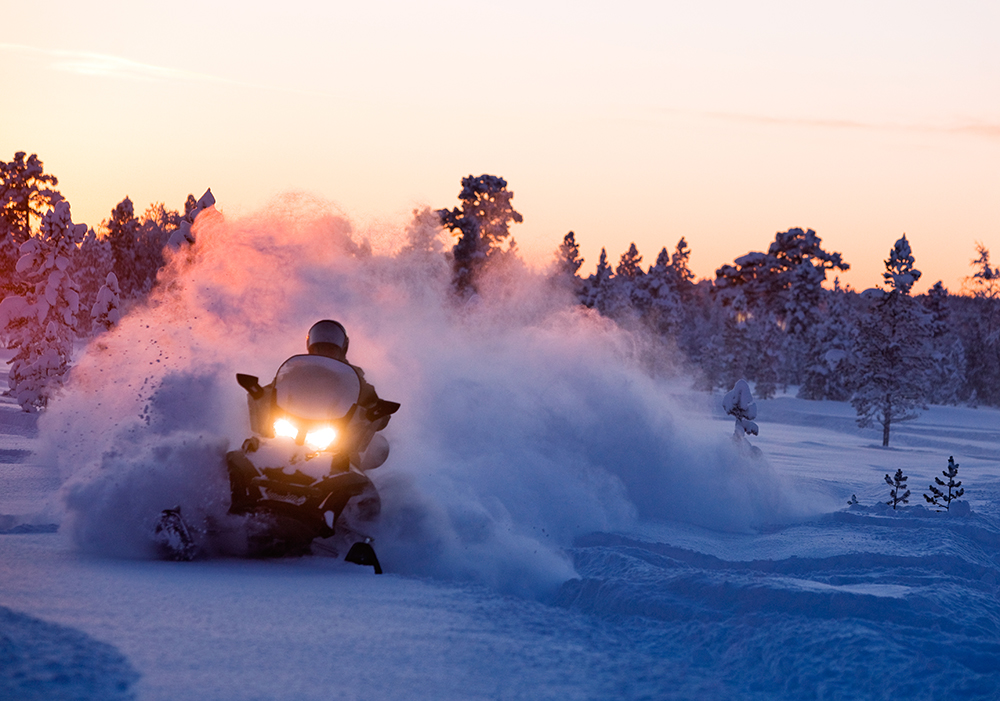
I love Arctic areas. I love the simplicity of the snow and what it does to photographs. I love the people that live there. It just does winter tourism really well. Not cheap. I’ve done it by boat, by snowmobile, by dogs – all different ways over the years.
Philip’s top tips for outstanding travel photographs
Collaborate

Involve your subjects in the photography process, show what you are doing in the back of the camera, ask their opinion. Sometimes everyone is guilty of stealing pictures rather than making them. When you collaborate you both come away feeling you’ve gained something.
Be in control
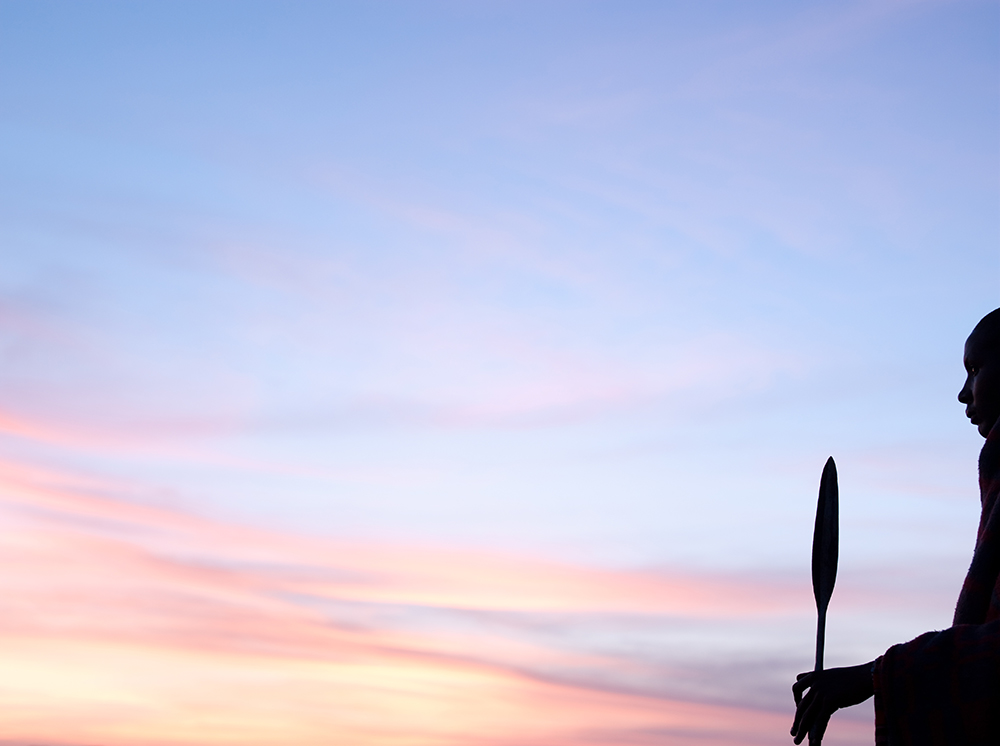
I never look at what’s the correct exposure, mine’s instinctive. I use a highlight alert but also know what I can do afterwards. People rely too much on the camera light-meter. I only shoot raw. I don’t want my camera to make many decisions, it’s not emotional. You’ve got to be in control of your craft. Then you can be creative.
Make effort
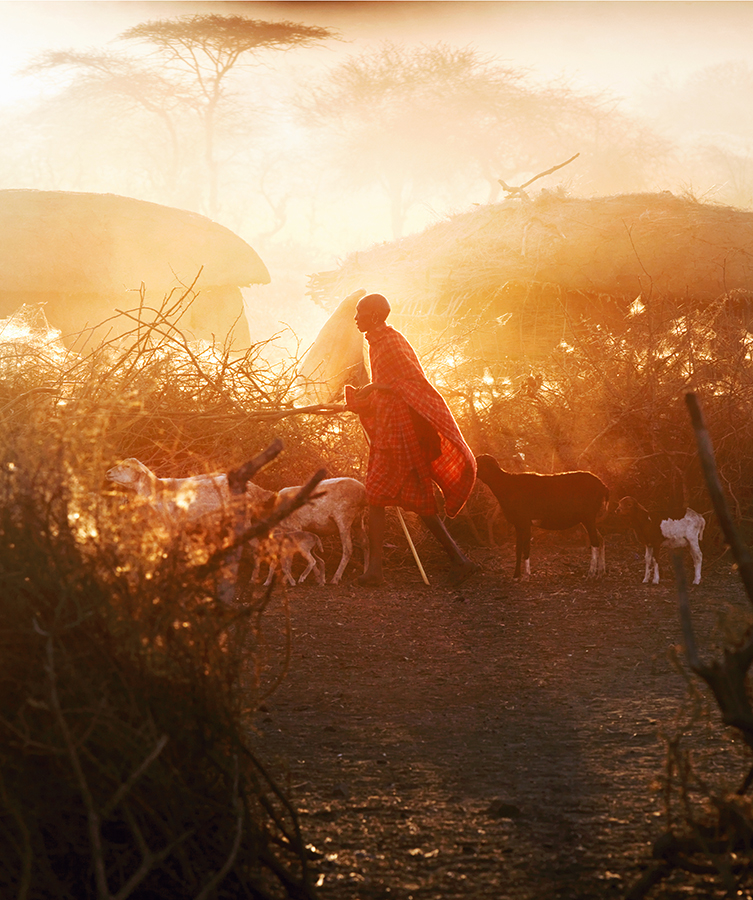
Shoot before and after sunrise, there is a very special glow that can be used to your advantage. Don’t always stand to take a picture. Lie down or climb up high. Try to stay close to the location you’re photographing, don’t care too much about the quality of accommodation.
Right wrongs
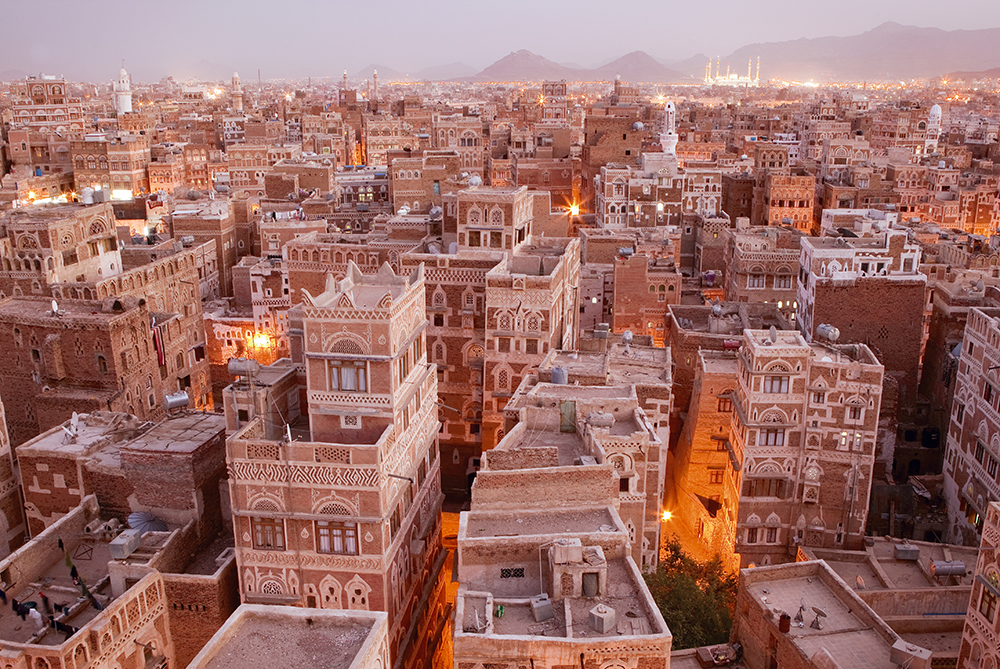
Things will change and go wrong. When I’m asked to go somewhere for a job, my first thoughts are what will go wrong. If that kit goes wrong, what can I use to do the same job. Everything I take has a backup. What if the weather is really bad? If it’s really bad, shoot a lot of it at night if it’s a city, or don’t shoot the sky, the sky is a giveaway.
Hang in there
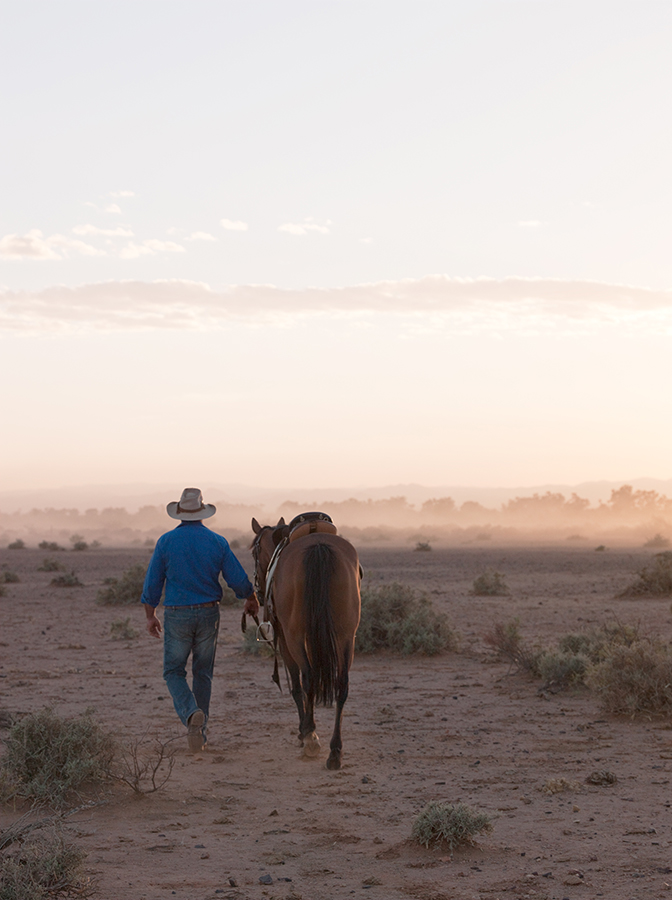
It’s a misconception that being a travel photographer is glamorous. It can be but it can also be tedious – a lot of sitting around, frustration and a lot of people saying no. It’s a physical, spiritual and mental journey. Even if you have a bad hour, day, week, shoot – it’s part of it, you just have to accept it, every day has an end.
Take control
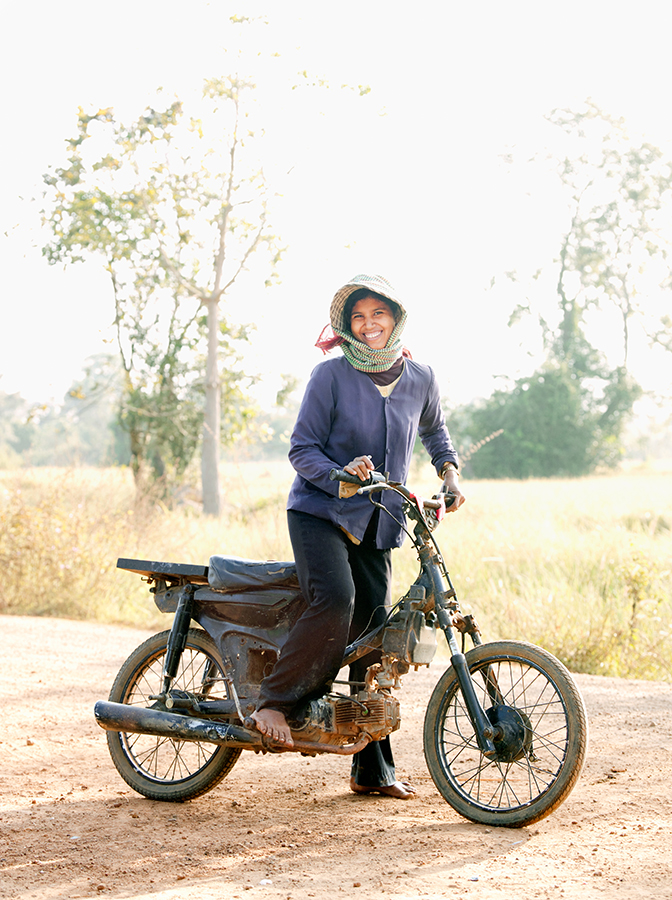
Understand where the light is at each point during the day and utilise it, put people in it and if they’re not there at that time, ask them to come early or later.
Capture motion

Daylight is a key ingredient of selling emotion, it can drive the viewer’s feelings. Study light – some places have hard light, some soft, some are very dusty places. A leaf blower or broom
is very useful to create a cinematic feel.
Do your research
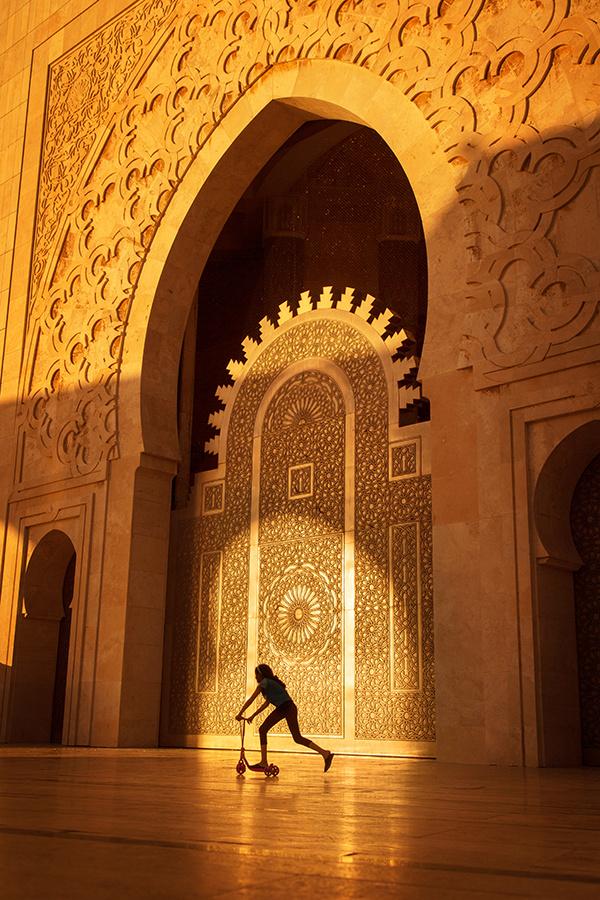
Plan your shoot, use a sun-seeker app to find out exactly what path the sun will take at what time. Know what can go wrong and what you can do about it, be ready. Create mood boards before you travel, not of the locations but the colour palette.
Philip shares more tips for travel photographs in this video: Top travel photography tips from Philip Lee Harvey
Travel photography kit list
50mm prime lens
It’s an honest lens that delivers and honest photograph, it tells the story as it is. It’s not tricksy and doesn’t discredit the subject.
Leatherman
Compact, lightweight and capable, the multiple tools and knives allow me to tackle the expected and unexpected in everyday shoots.
Assistants
Reliable assistants, fixers and guides are often essential in what I do. Sometimes I hire locals, while at other times I’ll travel with someone I’ve worked with before and know well and who knows how I work and what I expect.
Aircraft
A helicopter or seaplane is a pretty useful bit of kit to help me access hard-to-photograph and hard-to-reach locations.
Tripod
The Manfrotto 055 is easy to use. It allows me to get creative and guarantees camera stability. It’s strong, locks quickly and the 90° column and four leg angles can reach most positions.
EF 70-200mm f/2.8L IS USM
Excellent image quality, durable, useful focal length range and fast aperture and image stabilisation feature makes this professional workhorse one of my first lenses into the kit bag.
Canon EOS-1D X Mark II & Canon EOS 5D Mark IV
At this stage, I just don’t need a mirrorless camera system. I’m very happy with the quality and usability I get from my DSLRs. It’s a practical thing. I don’t feel that I’d become a better photographer, so I would prefer to put the money into making pictures. I’m sure I will change in time, it’s just not urgent.
Philip Lee Harvey
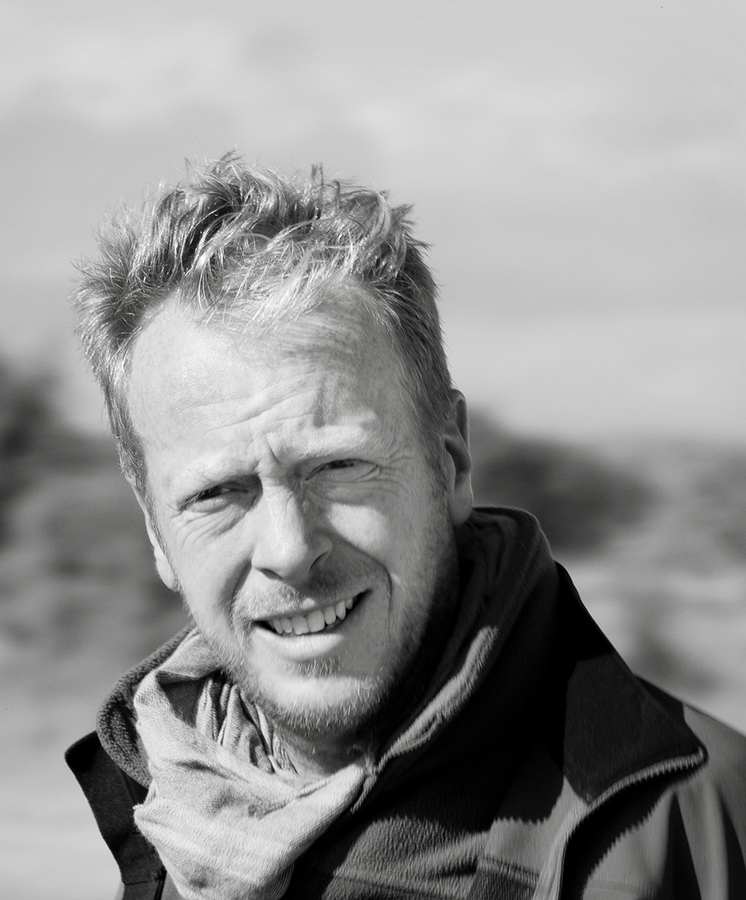
Philip is an accomplished photographer and filmmaker based in the United Kingdom. His career, spanning over 20 years, has taken him to every continent, working for editorial and commercial clients. He has received many prestigious awards for both still and moving images including Travel Photographer of the Year.
Learn from Philip on an AP Photo Tour
Don’t miss the chance to learn directly from Philip on his forthcoming workshop with Zoom Photo Tours, arranged in partnership with AP. He is going to Marrakech (October) and Kenya (dates to be confirmed), so it’s a great chance to learn how to apply some of the theory and technique he has talked about in this feature to your travel photographs. Full details of all the workshops and participating photographers at bit.ly/zoomaptours
Enter our Travel themed round of APOY 2022: APOY 2022 Round Three Travel, open for entries!
Further reading:
Top 10 travel photo tips and techniques – from gear choice to shooting
How to do well in travel competitions
The best travel cameras and holiday cameras
